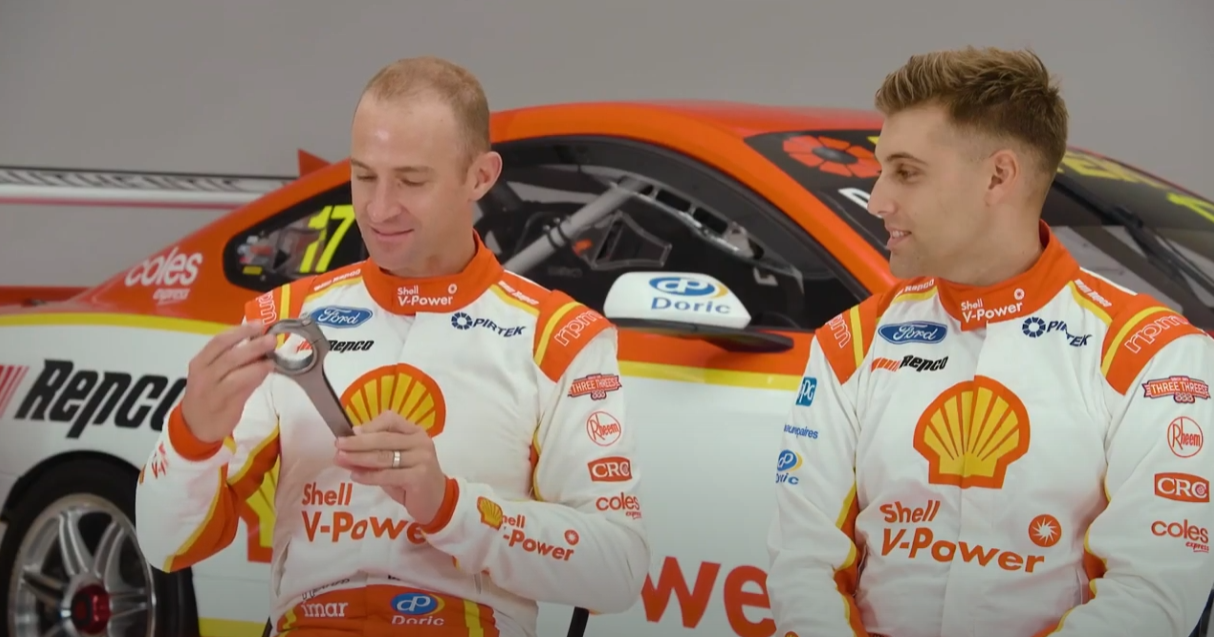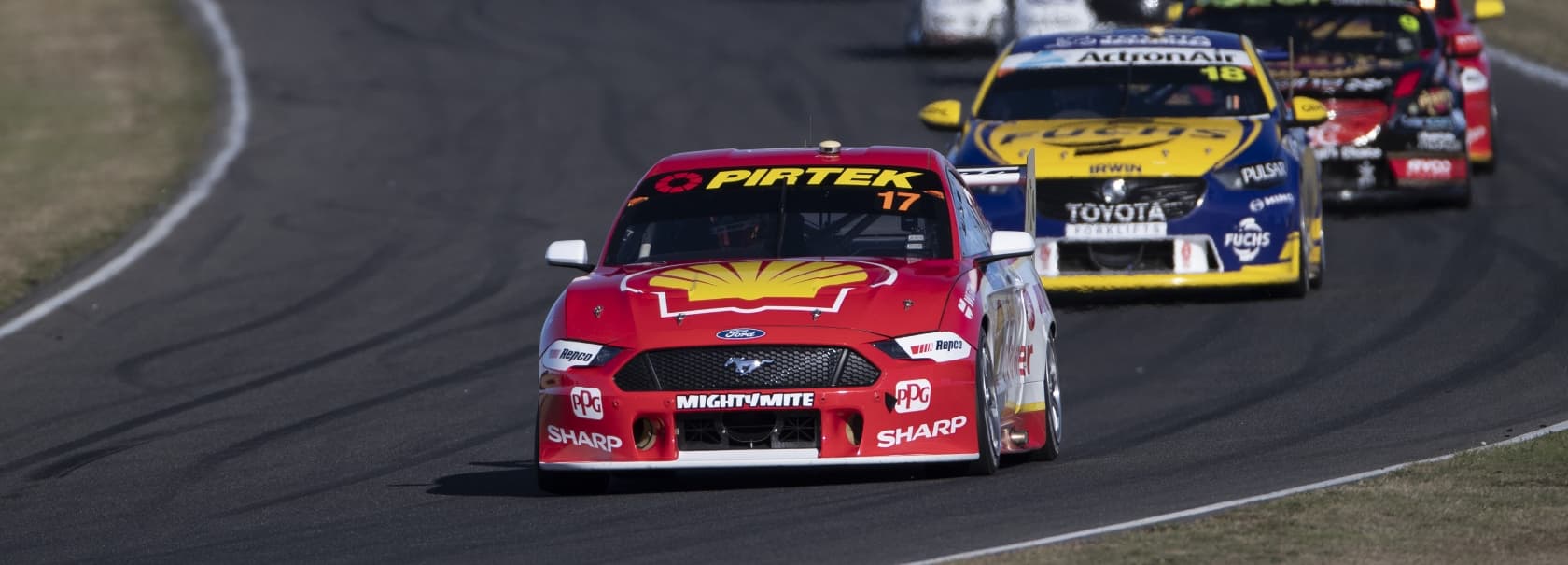If there is one prestigious event all Formula 1 drivers want to win it’s Monaco.
As mentioned by the Repco Garage recently in a story about the Indianapolis 500, the Monaco Grand Prix forms part of the Triple Crown of Motorsport alongside the 24 Hours of Le Mans.
Since 1929, motor racing has been a focal point of the principality home to the rich and famous providing a glamorous backdrop to the world’s top-tier class on four-wheels.
The racing isn’t exceptionally great given the Grand Prix tours the tight streets of Monaco, with the layout providing few overtaking opportunities. However, this is not what the event is about, the history and mystique is one thing as the course provides a remarkable challenge few current Formula 1 venues offer.
Predating the introduction of the World Drivers’ Championship in 1950, Monaco Grand Prix was initially held as a way for the Automobile Club de Monaco to be upgraded to a full national accreditation rather than a regional French club. Having already hosted the Rallye Automobile Monte Carlo in 1928, but this didn’t qualify the club as it was held on stages mainly located outside of the principality.
Growing in prestige almost immediately, it was labelled the one of the most significant races in Europe by the sport’s governing body at the time the Association Internationale des Automobiles Clubs Reconnus, which formed its own European Championship in 1936.
From 1950, it has featured as a part of the Formula 1 World Drivers’ Championship where alterations have been made to the circuit such as armco being introduced for the first time in 1969 following Alberto Ascari and Australian Paul Hawkins’ trip into the harbour.
The pit lane layout was changed in 1972, while a new stadium and a swimming pool were built the next year leading to a new double chicane. By 1976, the pits were again relocated to where it currently is now.
Of course, during the 1960s Graham Hill dominated the event winning five Monaco Grands Prix in that decade. This was eclipsed by Ayrton Senna during his era of dominance in the late-1980s and early-1990s for McLaren.
The Monaco Grand Prix was also a pawn in the FOCA vs FISA war of the early-1980s, but has never lost its prestige to this day.
Mark Webber became the first Australian since Jack Brabham in 1959 to win the legendary event when he crossed the line in 2010, then again in 2012. Daniel Ricciardo added his name after a remarkable drive in 2018.
Also famous is the moment Kimi Raikkonen’s McLaren-Mercedes expired and he preceded to walk back to his boat ‘One More Toy’ to drink vodka with his friends from Finland rather than returning to his garage.
Monaco will provide the magic again this weekend.





